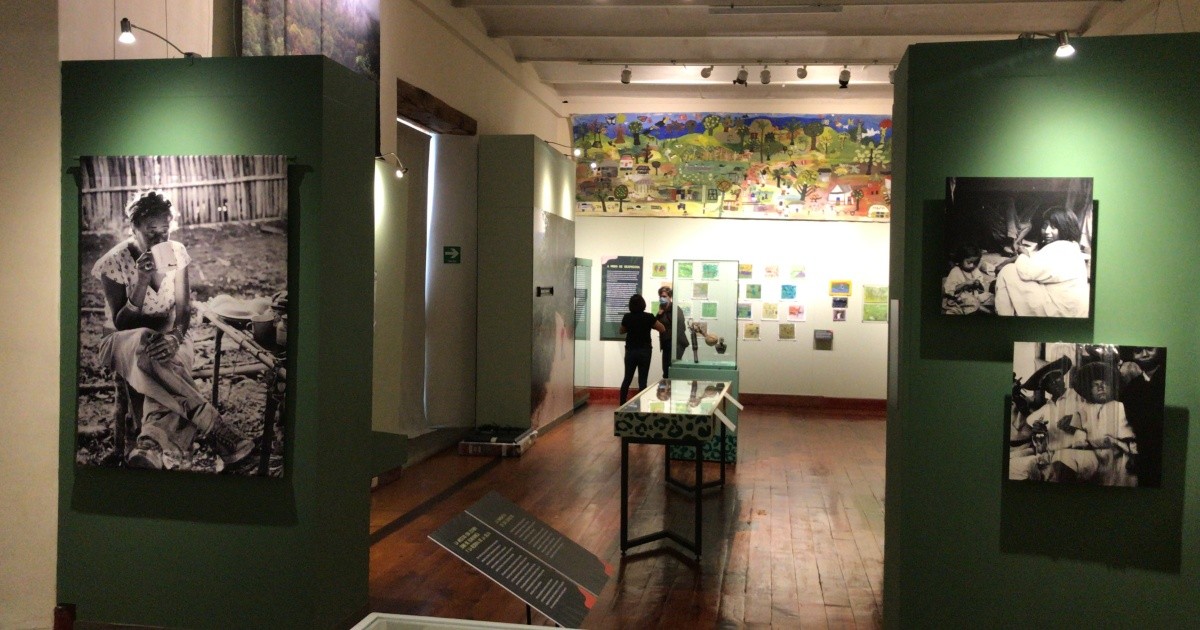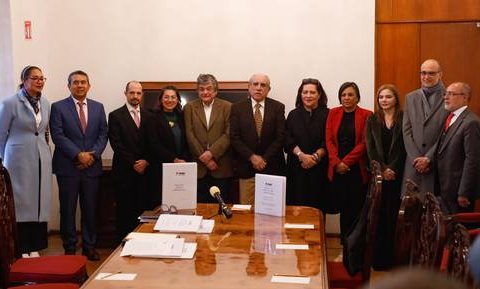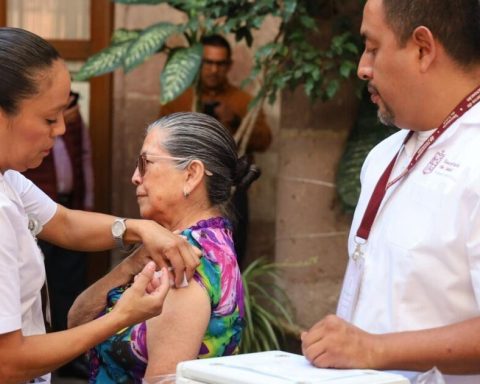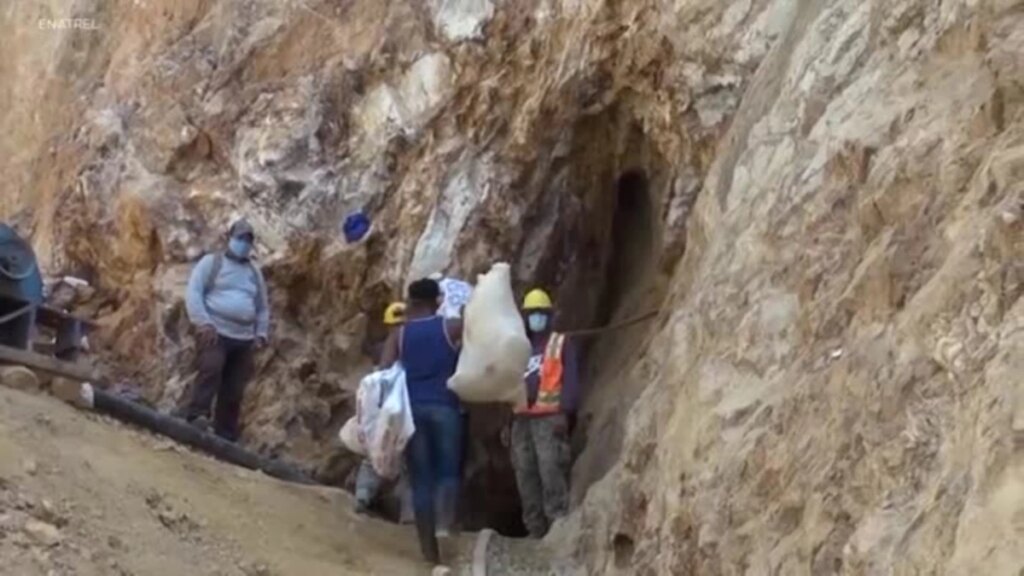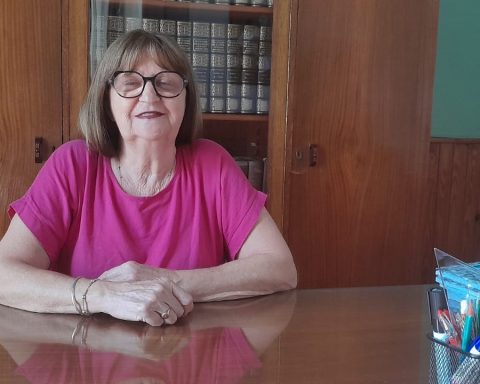The temporary exhibition Gertrude Duby: a Swiss for Chiapas, which opens this Friday, July 1 at the National Museum of World Cultures (MNCM), collects various facets of the life of someone who was an explorer, a pioneer of environmentalism, a documentary maker of the town Lacandón and researcher of the Mayan culture, an example of respect and commitment to otherness.
Gertrude Duby de Blom (1901-1993), dedicated herself to environmental protection and the defense of discriminated populations, mainly in her chosen Mexico. Curated by the researcher H. Antonio García Zúñiga, the exhibition is carried out in collaboration with the Swiss Embassy in Mexico and the Na Bolom Cultural Association, AC
“This exhibition allows us to highlight the good relationship of friendship and cooperation that exists between both nations and make visible the ties that have united both countries, as well as the importance of Duby in the Mexican cultural legacy and in a much-loved region such as Chiapas. . Trudi Duby is an excellent ambassador of Switzerland in Mexico due to her enormous work on issues as important to Switzerland as caring for the environment and the defense of Human Rights”, highlights the Cultural Attaché José María Macías.
The exhibition aims to make visible and recognize this Swiss-Mexican woman, to reassess her legacy that transcends the spaces, communities and knowledge that she contributed to preserve, being a model of appreciation of human diversity, care for natural heritage and commitment to self-identity. – ascription.
According to the linguist H. Antonio García Zúñiga, a researcher at the MNCM, the exhibition proposes a journey that can change our vision of what it means to feel part of this Mexican land. For this reason, he invites those who make the visit, to try to “observe Gertrude Duby as a human being who acted with a firm conviction, for which her actions became a legacy that we are obliged to appraise.”
Through photos, documents, dresses, jewelry, books and texts, the public will be able to get closer to her character, interests and intentions, and observe passages of her life, especially in Chiapas, Mexico. In addition, the exhibition was enriched with everyday objects and recordings of songs from the Lacandon culture, as well as paintings made by children from the town of Nahá.
The exhibition is structured around the “five lives” of Gertrude Duby, as she defined herself, essential stages for the development of her humanistic spirit and ecological awareness. The childhood in the wooded Swiss Alps, in the town of Innertkirchen, in the canton of Bern, which influenced her decision to study at the Swiss School of Horticulture for Women in Niederlenz, and her first approach to the attention of social problems in the Zurich Social School for Women.
Little known is his second phase, being a socialist, anti-fascist and feminist activist and journalist in several European countries, between the 20s and 30s of the last century. At that time, among other activities, she focused on denouncing fascist governments, chronicling the war and helping refugees, being arrested twice for it and forced into exile in America, in 1940, on a trip in which he learned about the Lacandon culture through a book on Mexican ethnology.
The journey continues with his arrival in the American continent, working as a journalist in the United States, until he gets his visa for Mexico, with the goal of reaching the Lacandon region. Along the way, she followed her as a refugee companion, and did work documenting women’s work in factories. In Morelos, she was able to collect some testimonies from women who fought alongside Emiliano Zapata, which were published in Mexican and foreign newspapers. She also became interested in the prevalence of onchocerciasis and the traditional industries of Chiapas, while she developed a passion for horseback riding and photography.
His fourth life takes place after his arrival in Chiapas in 1943, already endowed with experience in social research and knowledge of Mexican culture, as part of the first indigenous expedition to establish relations with the Lacandón people. Her sympathy with this community was immediate, and she did not hesitate to introduce herself in their way of life and culture, but also in their struggles against the destruction of the territory and for the right to self-determination.
The exhibition shows part of his work documenting the Lacandon population and the state of deterioration of the forest, as a strategy to publicize that environment, its importance, and promote its conservation. In this plan, Gertrude also proposed locating the Lacandón people in the history of the Mayan culture, for which she developed research together with the Danish archaeologist Frans Blom, who would become her husband in 1950.
Its last stage is located in San Cristóbal de las Casas, where Duby and Blom established their definitive residence and founded the Na Bolom Cultural Association (“House of the jaguar” in Tsotsil), a space specialized in Chiapas cultures, made up of a library, a museum, a nursery, a school and an ecotourism site. This segment also covers Gertrude Duby’s literary output, and the recognition she earned from her for her anthropological and environmental work.
For its part, the Swiss Embassy will continue to strengthen cultural and brotherhood activities that enhance the extraordinary relationship that has characterized Mexico and the Swiss country for more than 75 years, linked to the dissemination of values highlighted in cultural exhibitions such as this one.
The exhibition Gertrude Duby: a Swiss woman for Chiapas will be inaugurated on Friday, July 1, 2022, at 1:00 p.m., in the Second Level Room of the National Museum of World Cultures, located on Calle Moneda, number 13, Historic Center of Chiapas. Mexico City, one block from the Zócalo/Tenochtitlan metro. Free entry.
